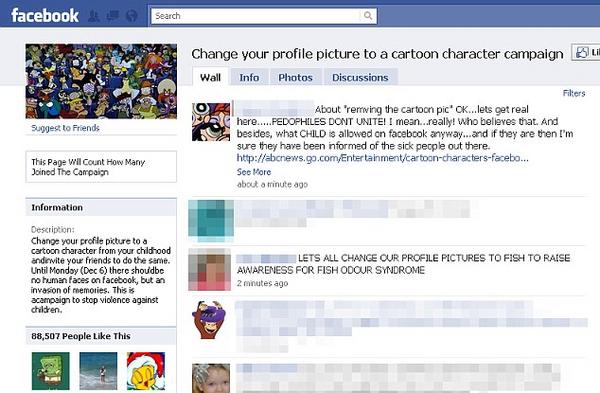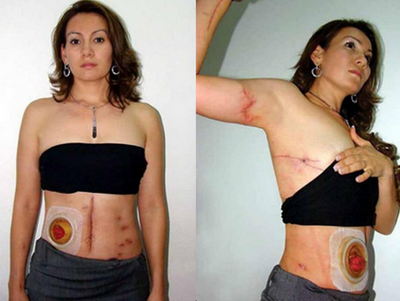Babies need to be given the most healthiest and nutritious food as it helps them grow better. There are a wide variety of baby foods you can pick from the shelf at department stores, but they need not be the best for your baby. Because of this a lot of parents are now making the decision to shift from store-bought baby food to fresh and healthy home made food. Making baby food at home is not at all difficult. Follow these few guidelines and you would be able to whip up a batch of healthy, nutritious and delicious food for your baby.
Complexity Level: Basic
Time Required: 10 to 20 minutes
Resources Required:
- Starchy foods
- Fruits
- Vegetables
- Small containers
- Meat, egg and dairy
- Steamer
- Food processor
Instructions:
1. Cleaning the equipment
- Get some small containers with tight lids to store the food.
- It is important that all the equipment you own is clean and sterilized. Clean the small jars in a dishwasher and boil some water. Clean the jars with the boiled water.
- Dry thoroughly.
2. Starchy food
- Start off with starchy food like rice which you would normally cook for yourself.
- Prepare it according to instructions, but make sure you don’t add any salt or spices.
- Then, take about a cup or so of the cooked rice and mash it in a food processor till it becomes smooth so that the baby can gobble it up without much effort.
- At later stages, you can start building up with fiber intake with barley, oatmeal, and other simple grains, making sure you start off with one at a time.
3. Fruits
- Fruits are very important for the baby, but introduce that into their diet only when they are about 4 to 6 months of age.
- Buy the freshest of fruits and make sure they are completely ripe. If you get organic fruits, then there is nothing like it.
- Fruits like bananas, apples and peaches can be used regularly.
- Clean the fruits thoroughly, removing any rotten spots. Then, peel them and steam in a microwave along with some water till they become soft.
- Chop them and add to the food processor which will in turn make fruits into a pureed consistency.
4. Vegetables
- Understandably, vegetables like broccoli, sweet potatoes, green beans, sweet peas etc also highly nutritious for babies.
- Prepare it the same way you would do vegetables- steam and then puree, but without any salt or spices.
5. Meat, fish and eggs
- Once your baby is about 6 months you can slowly start introducing meat, egg and maybe even fish.
- Make sure you cook all these thoroughly without any pink or raw parts and then mash it up to a very smooth consistency.
6. Storage
- Since making baby food separately is a bit time consuming, you might want to make arrangements to store it.
- Into those sterilized containers, pour in one serving of the prepared food items and label them to know what’s what i.e. name and date to be precise.
- Close with a tight fitting lid and either store in the refrigerator or freeze if you are not going to use it in the next couple of days.
- Another easy and space saving method is to use ice cube trays to store the pureed food. You can then take out the required cubes and thaw and feed the baby.
Frequently Asked Questions:
What are the advantages of making your own baby food at home?
Moms who have started making their own baby food at home found the following advantages:
- They are able to figure out what all goes into their food, since they are doing everything from scratch.
- It is much economical to make baby food at home rather than buying pre-packaged products.
- The options are much wider where you can choose the vegetables and fruits you have at hand and maybe even make your own mix of choice. Whereas for packaged goods, you would have to depend on the flavors chosen by the manufacturer.
- Studies proved that jarred foods were cooked at extremely high temperatures to kill any bacteria, for further storage. This type of cooking spoils many of the foods’ nutrients like vitamins and even affects the taste.
Quick Tips:
- Introduce new foods slowly, leaving a gap of one week so that you can figure out if the baby is allergic or not.
- Some fruits like pears and apples might brown quickly, so you need to work quickly to get the best results.
Things To Watch Out For:
- Check in advance with your pediatrician if your baby is old enough to start on solids.
- It is advisable to avoid strawberries, corn and nuts in the first year as it could instigate allergies.



